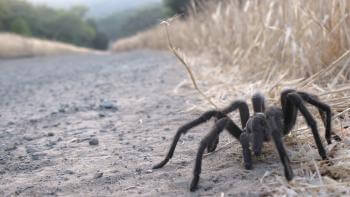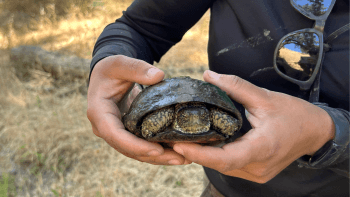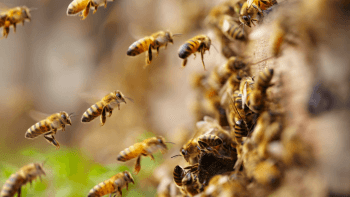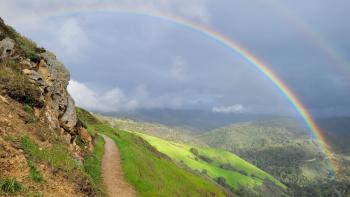American badgers: Can You Dig It?
Honey badgers are SO 2011. It’s time to focus on American badgers, or Taxidea taxus, a native species that is primarily found in the western part of North America.
Typically, American badgers live on prairies, plains or dry grasslands that range from southern Canada to Mexico. In the Bay Area, American badgers have been spotted in areas along the coast and open spaces that dot the peninsula – away from urban sprawl and busy roadways. Learn five interesting facts about this species below!
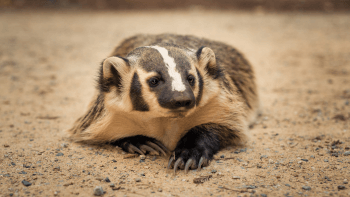
Nature's bulldozers
American badgers are like excavators of the natural world! Each part of a badger’s anatomy maximizes their digging capabilities, enabling them to make dens and burrows for habitation. For example, American badgers are shaped like a garden spade, making it easy to twist their bodies into dirt and create holes. Their shovel-like back claws and webbed front paws also assist the American badger with creating burrows by providing a simple way to scoop dirt out of the way. Making digging even easier is the American badger’s loose skin which allows them to easily turn around and move within their small, tight underground holes. Once the holes or burrows are complete, American badgers will also use them to capture their prey!
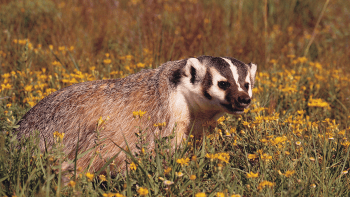
Less than eye-deal vision
If wildlife could wear glasses, the American badger would be one of the first species in line at their local optometrist. Due to their nocturnal nature and fondness of dark spaces, the American badger has poor vision. Instead of using sight as a way to move around their native landscapes, this species relies heavily on scent and hearing.
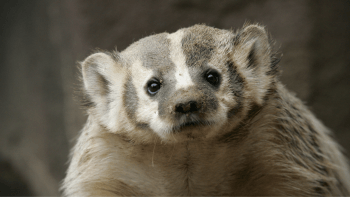
Badgers vs roadways. Spoiler: the busy roads are winning
Due to urban and agricultural development, fragmented habitat, poor vision and proximity to busy roadways, American badgers have a high risk of mortality. In 1986, the California Department of Fish & Wildlife declared the American badger a “species of special concern,” and is currently working to understand more about this unique creature.

A burrow buffet
American badgers are carnivorous and eat a variety of species that burrow in their holes, including gophers, ground squirrels and rodents – they’re nature’s rodent control! They also eat frogs, reptiles, birds, insects and some plant foods like corn and mushrooms. During the summer and fall, American badgers gain extra weight to offset the winter months which don’t provide as many opportunities to hunt their prey.
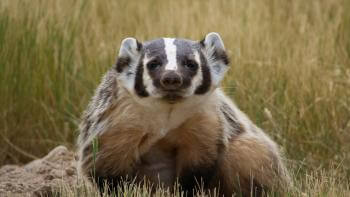
Hunting #squadgoals
In 2020, Peninsula Open Space Trust released wildlife camera footage of a coyote playfully engaging with a badger. Together, the two species sauntered through a tunnel on, what appeared to be, their very own adventure. While this pairing may seem unlikely, it’s actually quite common! Coyotes and badgers work together to hunt, increasing a coyote’s catch rate by 33%. An American badger may also benefit from tandem hunting when a coyote scares prey into the burrowing holes of the badgers.
Special thanks to Lillian Amaral, the Open Space Authority's GIS Technician, for providing many of the badger facts for this blog post.
Sign up for our newsletter!
Learn more about local wildlife, as well as nature events and Open Space Authority project updates, by signing up for our monthly newsletter.
